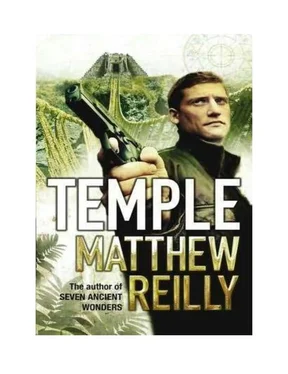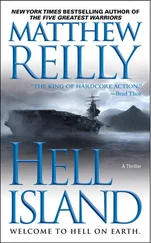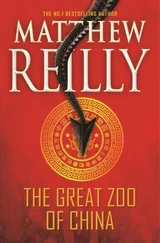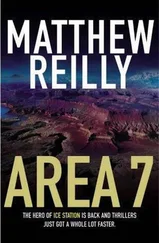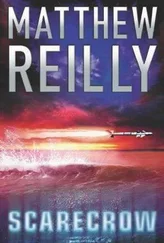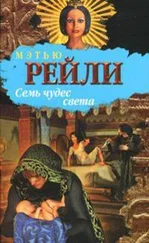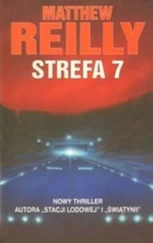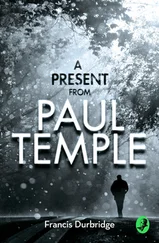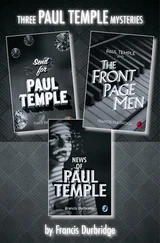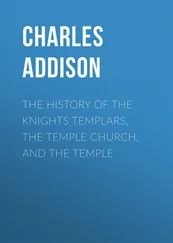Sacsayhuaman is a structure like no other I have seen in all of the world. Nothing in Spain, or even in the whole of Europe, can compare with its size and sheer dominating presence.
Truly, it is a most fearsome citadel—roughly pyramidal in shape, it consists of three colossal tiers, each one easily a hundred hands high, with walls constructed of gigantic hundred-ton blocks.
These Incans do not have mortar, but they more than make up for that deficiency with their extraordinary abilities in the art of stonemasonry.
Rather than bind stones together with pastes, they build all of their fortresses, temples and palaces by fashioning enormous boulders into regular shapes and placing them alongside each other so that each boulder fits perfectly with the next. So exact are the joins between these monumental stones, so perfectly are they cut, that one cannot slip a knife blade between them.
It was in this setting that the intriguing siege of Cuzco took place.
Now, it is at this point that it should be said that the siege of Cuzco must rank as one of the strangest in the history of modern warfare.
The strangeness of the siege stems from the following fact: during it the invaders—my countrymen, the Spaniards— were inside the city walls, while the owners of the city, the
Incan people, were positioned outside the city walls.
In other words, the Incans were laying siege to their own. To be fair, this situation came about as the result of a long complicated chain of events. In 1533, my Spanish countrymen rode into Cuzco unopposed and, at first, they were to the Incans. It was only when they began to per-the full extent of the riches within the city walls that any pretence of civility vanished.
My countrymen pillaged Cuzco with a frenzy never before Native men were brutally enslaved. Native women were ravaged. Gold was melted down by the wagonload—after which time the Incans began calling my Spanish countrymen ‘goldeaters’. Apparently, they thought that my countrymen’s insatiable lust for gold stemmed from our need to eat it.
By 1535, the Sapa Inca—Renco’s brother, Manco Capac— until that time been conciliatory in nature toward my people fled the capital for the mountains and assembled an enormous army with which he planned to retake Cuzco.
The Incan army—100 000 strong, but armed only with sticks and clubs and arrows—descended upon the city of Cuzco in a fury and they took Sacsayhuaman, the massive stone citadel overlooking the city, in a day. The Spaniards took refuge inside the city walls.
And so the siege began.
It would last for three months.
Nothing on this earth could have prepared me for the sight that I beheld when I rode through the enormous stone tollgates at the northern end of the Cuzco valley.
It was night, but it might as well have been day. Fires burned everywhere, both within the city walls and without.
It looked like Hell itself.
The largest force of men I have ever seen filled the valley before me, an undulating mass of humanity pouring down from the citadel on the hill toward the city—100 000 Incans, all of them on foot, shouting and screaming and waving torches and weapons. They had the entire city surrounded.
Inside the city walls, fires could be seen ravaging the stone buildings situated there.
Renco rode ahead of me, right into the seething mass of people, and like the Red Sea for Moses, the crowd parted for him.
And as it did so, an enormous roar went up from the Incans, a cheer of rejoice, a shout of such fervour and celebration that it made the hairs on my neck stand on end.
It was as if they had all recognised Renco instantly— despite the fact that he was dressed in Spanish clothing—and stood aside for him. It was as if every single one of them knew of his mission and would do their utmost to allow him every possible haste in effecting it.
Renco and I charged through the teeming mass of people, galloping at tremendous speed as the hordes of cheering Incans opened up before us and urged us on.
We dismounted near the base of the mighty fortress Sacsayhuaman and walked quickly through a crowd of Indian warriors.
As we walked through the Incan ranks, I saw that numerous stakes had been driven into the ground all around us.
Mounted on top of the stakes were the bloodied heads of Spanish soldiers. On some stakes, the entire bodies of captured Spaniards had been impaled. Their heads and feet had been hacked off. I walked quickly, mindful to stay close behind my friend Renco.
Then all at once, the crowd in front of us parted and I saw, standing before me at one of the entrances to the giant stone fortress, an Indian dressed in a most glorious manner.
He wore a dazzling red cape and a gold-plated necklace and on his head sat a magnificent jewel-encrusted crown. He was surrounded by an entourage of at least twenty warriors and attendants.
It was Manco. The Sapa Inca.
Manco embraced Renco and they exchanged words in Quechuan, the Incans’ language. Renco later translated it for me thus:
‘Brother,’ said the Sapa Inca. ‘We were anxious as to your whereabouts. We heard that you had been captured, or worse, killed.
And you are the only one who is permitted to enter the vault and rescue the—’
‘Yes, brother, I know,’ said Renco. ‘Listen, we have no time. I must enter the city now. Has the river entrance been used yet?’
‘No,’ said Manco, ‘we have refrained from using it as you instructed, so as not to alert the goldeaters of its existence.’
‘Good,’ said Renco. He hesitated before he spoke again. ‘I have another question.’
‘What is it?’
‘Bassario,’ said Renco. ‘Is he inside the city walls?’
‘Bassario?’ Manco frowned. ‘Well, I… I do not know…’
‘Was he in the city when it fell?’
‘Well, yes.’
‘Where was he?’
‘Why, he was in the peasant prison,’ said Manco. ‘Where he has been for the past Year. Where he belongs. Why? What need have you of a fiend like Bassario?’
‘Let it not concern you now, brother,’ said Renco. ‘For it will matter for nothing if I do not find the idol first.’
Just then there came an almighty commotion from somewhere behind us and both Renco and I turned.
What I saw filled my heart with unimaginable horror: a column of Spanish soldiers—no fewer than three hundred of them, resplendent in their forged silver armour and distinc tive pointed helmets—came charging into the valley from the northern tollgates, their muskets firing. Their horses were covered in heavy silver plating and, thus protected, the mounted Spanish troops cut a swathe through the ranks of the Incan warriors in front of them.
As I watched the column of conquistadors hack their way through the Incan ranks, trampling the Indians before them, I beheld two of the riders near the head of the procession, both of whom I recognised. The first was the Captain, Hernando Pizarro, the Governor’s brother and a most cruel man. His distinctive black moustache and unkempt woolly beard were visible even from where I stood, four hundred paces away.
The second horseman was a figure whom I recognised with some degree of dread. Indeed, so much so that I took a second glance at him. But my worst fears were confirmed.
It was Castino.
The brutish Chanca who had been in the San Vicente with Renco.
Only now he rode with his hands unmanacled— free—alongside Hernando.
And then all at once I understood.
Castino must have overheard my conversations with Renco…
He was leading Hernando to the vault inside the Coricancha.
Renco knew this, too. ‘By the gods,’ said he. He turned with haste to his brother. ‘I must go. I must go now.”
‘Speed to you, brother,’ said Manco.
Читать дальше
